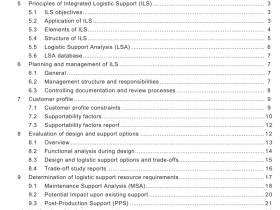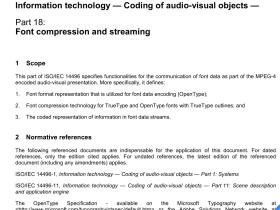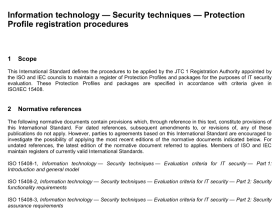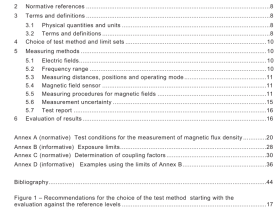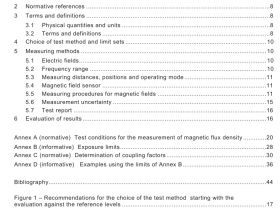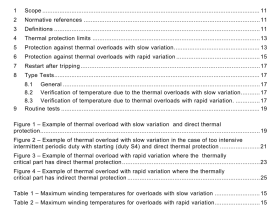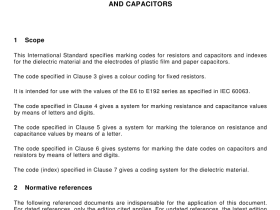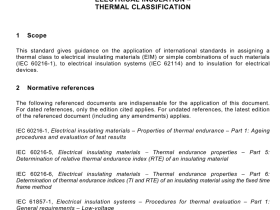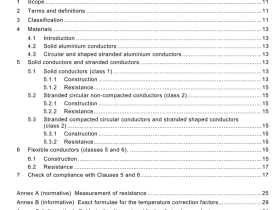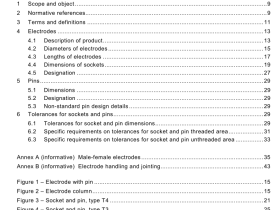ISO IEC 18017 pdf download
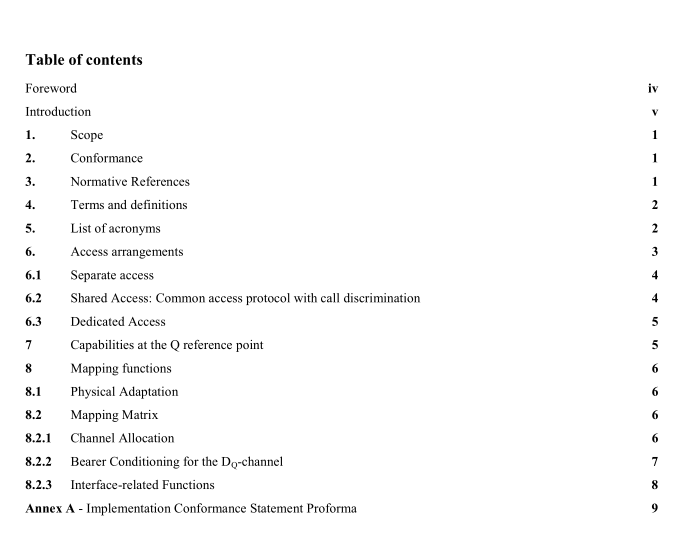
ISO IEC 18017 pdf download Information technology — Telecommunications and information exchange between systems — Private Integrated Services Network — Mapping functions for the employment of Virtual Private Network scenarios
The following normative documents contain provisions which, through reference in this text, constitutc provisions of thisInternational Standard.For dated references, subsequent amendments to, or revisions of, any of these publications do notapply. However, parties to agreements based on this International Standard are encouraged to investigate the possibility ofapplying the most recent editions of the normative documents indicated below.For undated references, the latest edition of thenormative document referred to applies. Members of ISO and IEC maintain registers of currently valid International Standards.ISO/IEC’TR 14475:2001, Information technology – Telecommunications and information exchange between systems – Private.Integrated Services Network – Architecture and scenarios for Private Integrated Services Networking
ETS 300 415:1994, Private Telecommunication Network (PTN);Terms and definitions
ITU-TRec.Q.920:1993, Digital Subscriber Signalling System No. 1 (DSS1) – ISDN user-network interface data link layer-General aspects
ITU-T Rec. Q.920,Amend 1: 2000,Amendment 1 to ITU-T Recommendation Q.920ITU-TRec. Q.921:1997,ISDN user-network interface – Data link layer specification
ITU-T Rec. Q.921, Amend 1: 2000, Amendment 1 to ITU-T Recommendation Q.921
ITU-T Rec. Q.931:1998, ISDN user-network interface layer 3 specification for basic call control
ITU-T Rec. Q.932,1998, Digital subscriber signalling system No. 1 – Generic procedures for the control of ISDN supplementary services
4. Terms and definitions
For the purpose of this International Standard the terms and definitions given in ETS 300 415 and the following apply.
4.1 α α reference point: boundary between the Inter-Connecting Network (ICN) and the public ISDN.
NOTE – The ICN at this point provides gateway functions such as numbering, charging, management and routing.
4.2 channel: means of bi-directional transmission of user or signalling information between two points.
4.2.1 D Q -Channel: channel used to convey call control information between the Q reference points of two peer PINXs.
4.2.2 U Q -Channel: channel used to convey user information between the Q reference points of two peer PINXs.
4.3 Interconnecting Network (ICN): emulation of transit-PINX functionality by equipment that is physically part of the public network, includes one or more IVNs and may include the emulation of gateway-PTNX functionality.
4.4 inter-PINX connection: connection provided by an intervening network (IVN) between two C reference points used to transport inter-PINX information from the PISN control plane and/or the PISN user plane.
4.5 inter-PINX link: link between the Q reference points of two PINXs, comprising the totality of signalling transfer and user information transfer means.
4.6 T+ reference point: reference point between an Attached PINX and the ICN.
NOTE – The interface at the T+ reference point supports private network calls (PISN) and it may also support public ISDN calls.
4.7 public network equipment: equipment of a public network provider, which is used to provide public network
(ISDN) services and virtual private network (VPN) services.
NOTE – The term is also used as a synonym to designate equipment of any other third party which is used to provide virtual private network (VPN) services only, and which may or may not provide access functions to a public network.
